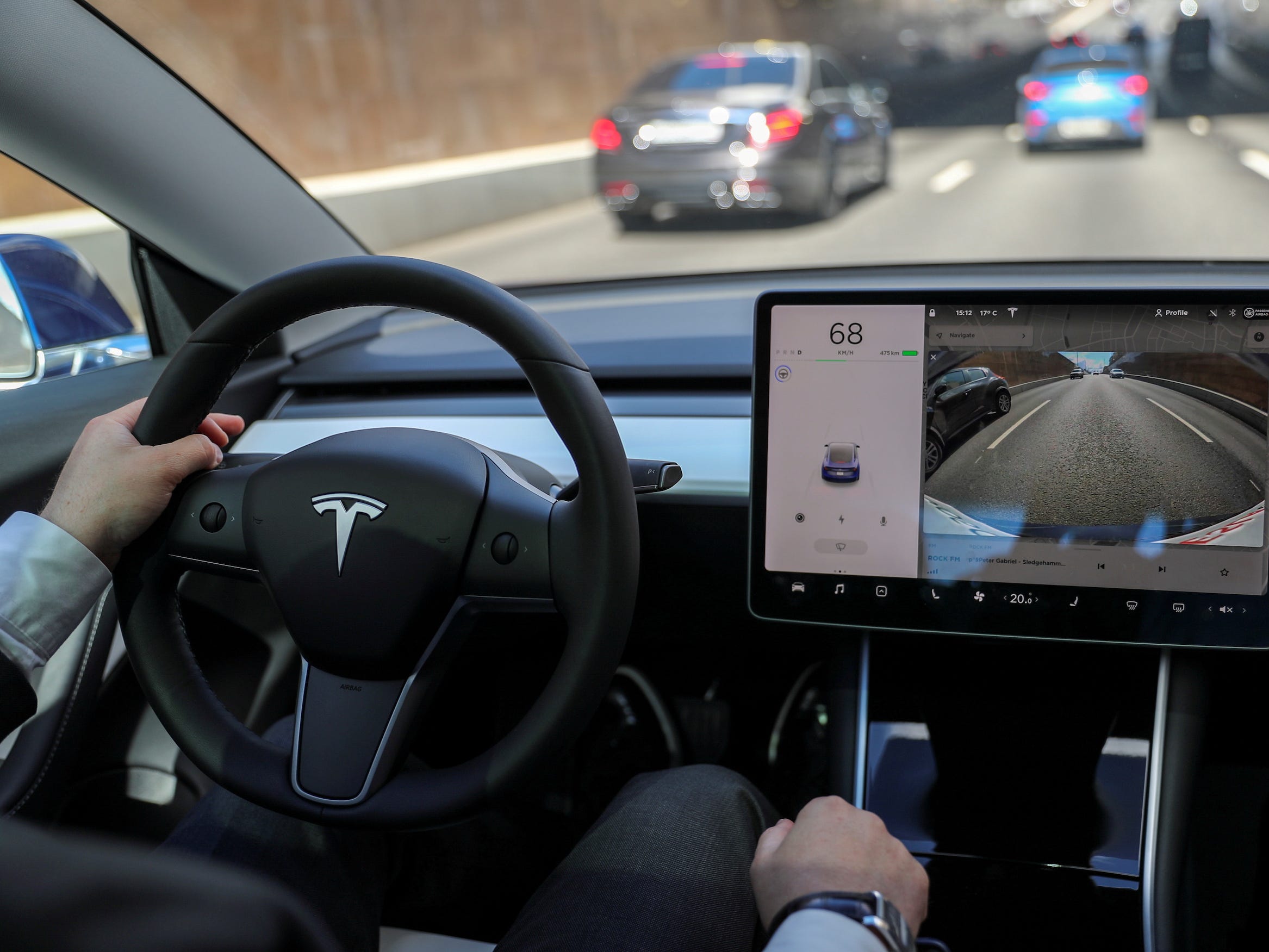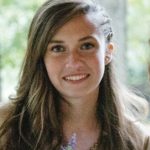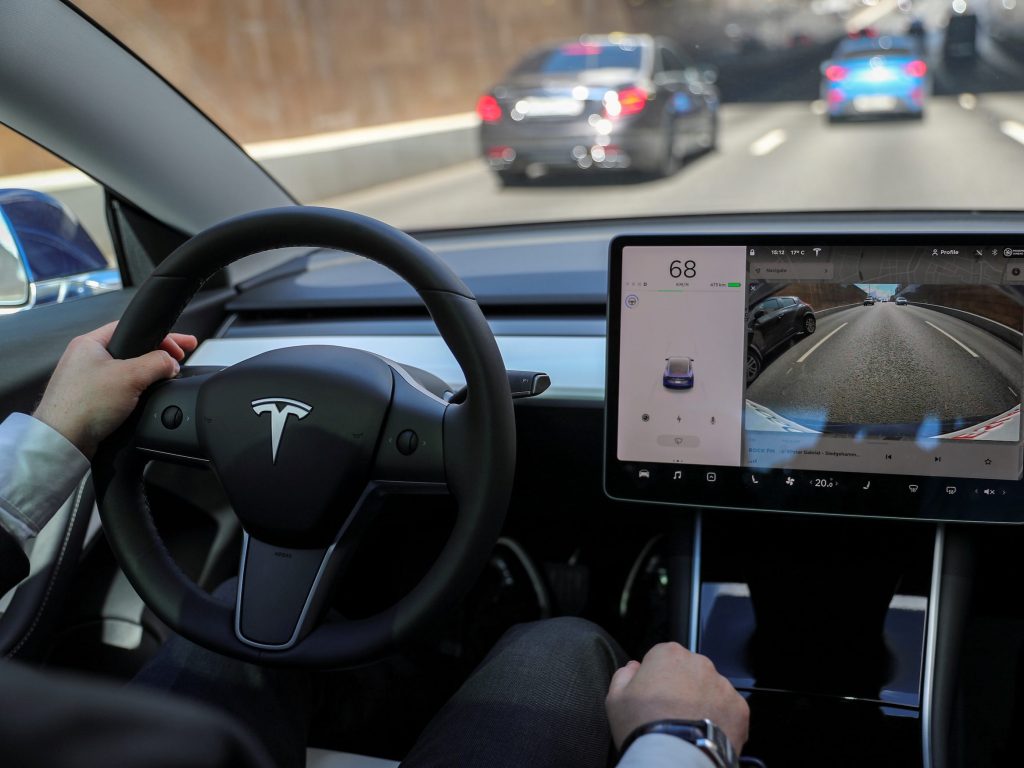
- Tesla rolled out version 10 of its Full Self-Driving software earlier this month.
- Since, videos of the FSD update have shown several instances when the car has acted wonky.
- Elon Musk said on Friday the company has received positive feedback on the update.
- See more stories on Insider's business page.
Since Tesla rolled out version 10 of its "Full Self-Driving" software earlier this month, beta testers have taken to the internet to point out issues they've noticed.
While Tesla CEO Elon Musk has said the update will "blow your mind," some drivers are less convinced than others. From turning into oncoming traffic to attempting to drive into pedestrians and bikers, some beta testers showed Tesla's "Full Self-Driving" software has a ways to go before it's ready to operate without the guidance of a licensed driver.
The software appears to struggle with accommodating light rails
In a video that has since been taken down, a beta tester known on YouTube as HyperChange tested out the update. While he said his experience was overall positive, in the video that was designed to test FSD's ability to navigate around Seattle's Monorail the Tesla at one point nearly turned right into a group of pedestrians crossing the street.
Another driver had a similar experience when he tested the FSD near the San Jose Light Rail. In AI Addict's video, the Tesla attempted to turn right and completely skidded over a curb. The driver pointed out that the software turned right without taking the light rail into consideration, as the rail took up the right side of the street and forced the car further left in its turn.
There were multiple examples of the car turning into oncoming traffic
In a video from a YouTuber known as Frenchie, the autonomous software put the car into the wrong lane, facing oncoming traffic during a bidirectional left turn.
Another beta tester Kim Paquette saw similar issues with version 10. During two separate drives, her Tesla tried to drive into oncoming traffic at intersections and during turns. At each instance, Paquette was forced to disengage the software and stop the car from rolling into oncoming traffic.
"It is failing at tasks it was able to do previously, like sharing [the] road for oncoming traffic on narrow streets, unprotected lefts with diagonal cross traffic," Paquette wrote on YouTube.
FSD becomes "jerky" when the car is "unsure"
Frenchie pointed out several instances during his drive when the car acted erratically when it entered situations involving roadblocks, pedestrians, or car's hanging too far out of their lane.
"This is what I want to avoid," he said in the video. "This kind of jerkiness when it's unsure."
Paquette's video also showed a moment when the car starts diving back and forth in its lane when it encountered people on bicycles.
"It's like it's trying to get away from them to give the bikers space, but then also trying to dart back in between them," Paquette said in the video.
Version 10 was pushed out to beta testers earlier this month and is not yet available for regular drivers. Though, Musk said on Friday that new beta testers could sign up through a beta button. He also said the company has received positive feedback on the update and is rolling out version 10.0.1.
Tesla did not respond to a request for comment on the bug reports.
Despite the bugs, many Tesla beta testers are reporting that the system is getting better, especially when it comes to decision making. The update also spawned compliments over updated self-driving graphics.
Earlier this year, Insider's Tim Levin reported that Tesla's earlier FSD software was confusing burger king signs and even the moon with stop signs and stop lights.

